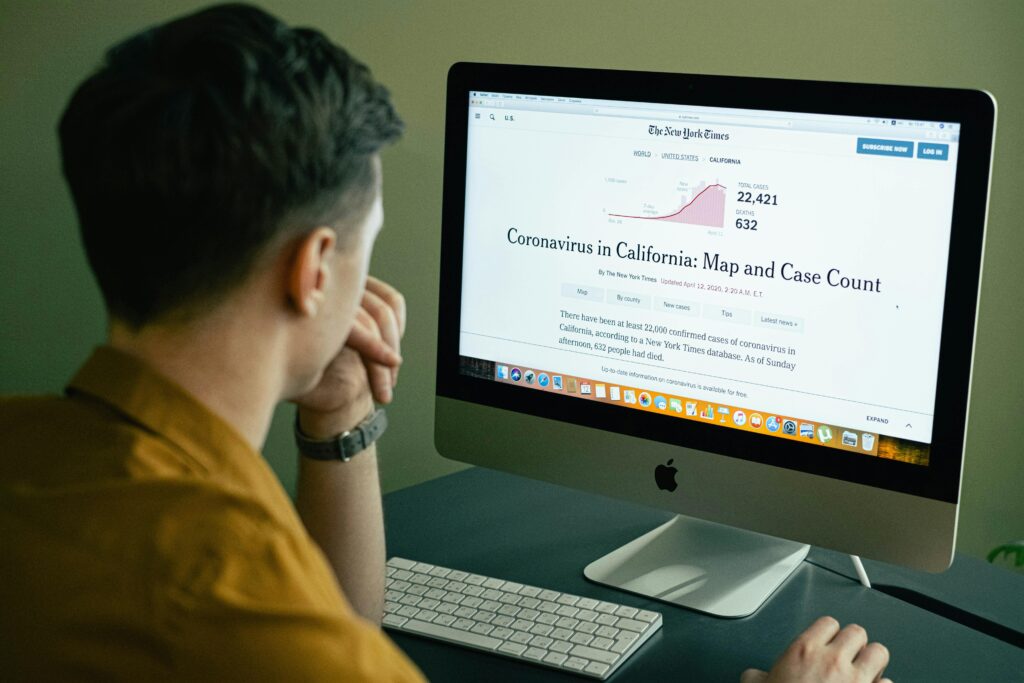Introduction to Website Designers
Website designers play a crucial role in crafting visually appealing, functional, and SEO-friendly online platforms. A well-designed website enhances user experience, increases engagement, and improves search rankings. Whether you’re a business owner, blogger, or eCommerce entrepreneur, understanding website designers is key to online success.
In this guide, we’ll explore the best website designers, essential design principles, and industry trends to help you create a high-performing site.
Why Website Designers Matter?
Effective website designers ensure:
- Better User Experience: Smooth navigation and intuitive design enhance usability.
- Improved SEO Performance: Optimized websites rank higher in search engines.
- Increased Engagement: Appealing designs keep users on-site longer.
- Higher Conversions: A well-structured website boosts sales and leads.
Top 10 Website Designers for Inspiration
1. Behance
A platform showcasing creative web design projects from professionals worldwide.
2. Dribbble
Ideal for discovering modern web design trends and UI inspirations.
3. Awwwards
Recognizes outstanding website designs based on creativity, usability, and performance.
4. CSS Design Awards
A great place to explore award-winning web designs.
5. SiteInspire
Features curated collections of innovative web designs.
6. Webflow Showcase
Discover high-quality designs built with Webflow’s no-code platform.
7. TemplateMonster
Offers professional web design templates for various industries.
8. ThemeForest
A marketplace for premium website themes and templates.
9. Canva Websites
User-friendly platform for designing simple websites with customizable templates.

10. Adobe XD Community
A hub for UX/UI designers to share and discover design projects.
Essential Principles of Website Designers
1. Simplicity
A clean, minimalistic design enhances user experience and readability.
2. Mobile Responsiveness
With over 60% of web traffic from mobile devices, websites must adapt to different screen sizes.
3. Fast Loading Speed
A slow website increases bounce rates. Optimize images and use a reliable hosting provider.
4. Intuitive Navigation
Easy-to-use menus improve accessibility and user satisfaction.
5. SEO Optimization
Use proper meta tags, structured URLs, and keyword-rich content for better rankings.
6. High-Quality Visuals
Engaging images, videos, and graphics make websites more attractive and interactive.
Popular Website Designing Tools & Platforms
1. WordPress
The most popular CMS for building customizable websites.
2. Wix
A user-friendly drag-and-drop website builder.
3. Shopify
Best for designing eCommerce websites with built-in features.
4. Squarespace
Ideal for creative professionals and businesses.
5. Webflow
A powerful no-code tool for designing professional websites.
6. Adobe XD
Perfect for prototyping and UI/UX design.
7. Figma
A collaborative design tool for teams working on web projects.
Latest Trends in Website Designers
1. Dark Mode UI
Reduces eye strain and gives websites a modern aesthetic.
2. AI Chatbots
Enhance user interaction and provide instant customer support.
3. Micro-Interactions
Small animations that make the user experience more engaging.
4. 3D Elements & Illustrations
Adds depth and uniqueness to web designs.
5. Voice Search Optimization
With smart assistants on the rise, voice search-ready websites gain an edge.
6. Augmented Reality (AR) Integration
Useful for eCommerce, real estate, and interactive experiences.
Common Mistakes to Avoid in Website Designers
- Ignoring Mobile Optimization – Mobile users dominate web traffic.
- Cluttered Design – Too many elements confuse visitors.
- Slow Loading Speed – Users leave slow websites quickly.
- Poor SEO Practices – Non-optimized sites get less traffic.
- Lack of Clear Call-to-Actions (CTAs) – Users need guidance on what to do next.
How to Get Started with Website Designers?
Step 1: Define Your Goals
Determine the purpose of your website (business, portfolio, eCommerce, etc.).
Step 2: Choose a Platform
Select the right website builder or CMS based on your needs.
Step 3: Plan Your Layout
Use wireframes to outline the structure and design.
Step 4: Select a Theme or Template
Choose a professional, responsive theme that suits your niche.
Step 5: Optimize for SEO
Incorporate keywords, meta tags, and alt texts for better search rankings.

Step 6: Test & Launch
Check performance, mobile-friendliness, and responsiveness before publishing.
Final Thoughts on Website Designers
Building a website with expert website designers requires a mix of creativity, technical skills, and SEO strategies. Whether you’re designing a personal blog or a business website, following the right principles and using the best tools will ensure success. Stay updated with industry trends, avoid common mistakes, and continuously optimize your website for the best results.
By leveraging expert tips, essential tools, and the latest design trends, you can create a visually appealing and high-performing website that stands out in the digital landscape.

